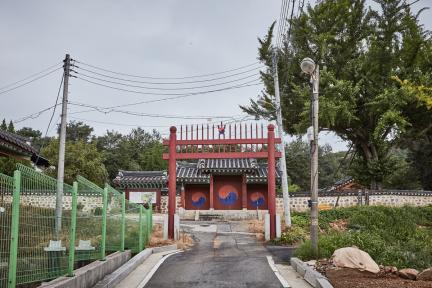국가유산 검색
경기도 문화유산자료
양지향교 (陽智鄕校)Yangjihyanggyo Local Confucian School
| 분 류 | 유적건조물 / 교육문화 / 교육기관 / 향교 |
|---|---|
| 수량/면적 | 일곽 |
| 지정(등록)일 | 1983.09.19 |
| 소 재 지 | 경기 용인시 처인구 양지면 향교로13번길 20 (양지리) |
| 시 대 | 조선시대 |
| 소유자(소유단체) | 경기향교재단 |
| 관리자(관리단체) | 양지향교 |


경기도 문화유산자료
양지향교 (陽智鄕校)Yangjihyanggyo Local Confucian School
| 분 류 | 유적건조물 / 교육문화 / 교육기관 / 향교 |
|---|---|
| 수량/면적 | 일곽 |
| 지정(등록)일 | 1983.09.19 |
| 소 재 지 | 경기 용인시 처인구 양지면 향교로13번길 20 (양지리) |
| 시 대 | 조선시대 |
| 소유자(소유단체) | 경기향교재단 |
| 관리자(관리단체) | 양지향교 |

ⓒ 2000. KOREA HERITAGE SERVICE. ALL RIGHTS RESERVED.



 국가유산
국가유산


